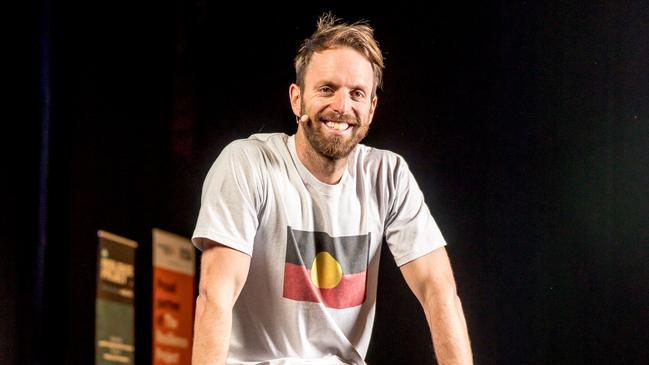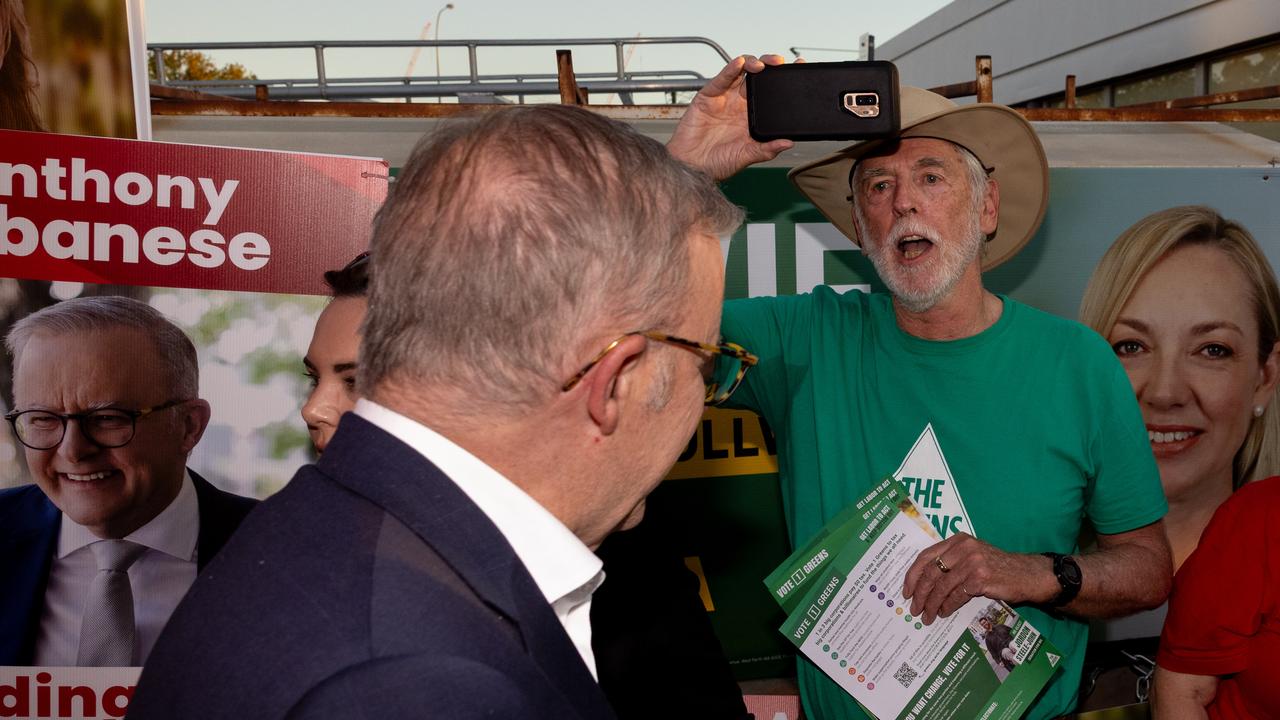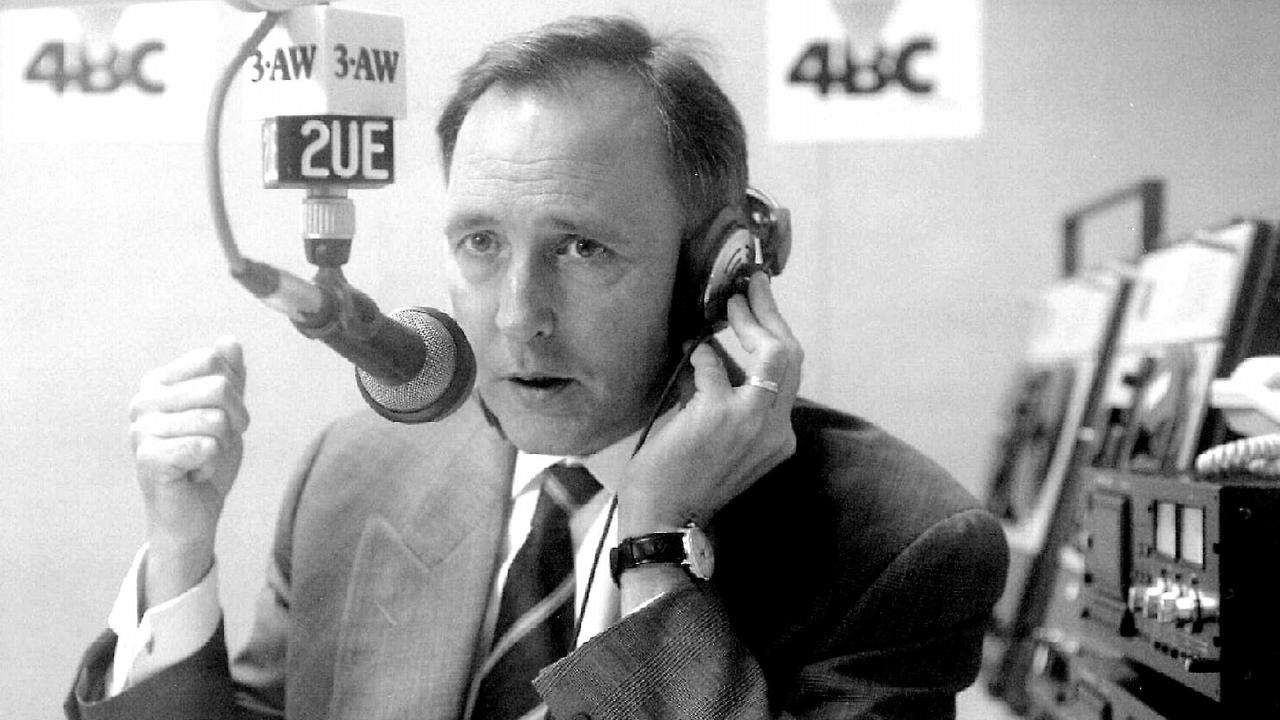Australia in 2020: Bouncing back in a time of despair
Life is full of challenges, but how we respond to them is what is important.

Last month, collective despair for the future soared to the highest level recorded.
Back when the survey began, in international terms, our country was not considered as highly as it is today.
In 1980 Lee Kuan Yew, then prime minister of Singapore, tipped scorn on us when he said Australians were on track to become the “poor white trash” of Asia. No one could credibly refute this but, despite this, our optimism didn’t falter — 42 per cent of us thought the next year would be better while only 25 per cent said it would be worse.
A decade on, a deep recession had us in its cruel grip. In 1990, people were struggling to keep their heads above water. In January that year, the Reserve Bank cash rate was 17.5 per cent and mortgage payments were crippling. By April, unemployment was nearing 10 per cent, and in 1992 it reached 11 per cent.
All around, financial institutions failed, including Victoria’s Pyramid Building Society and State Bank, the South Australian State Bank and the Western Australian Teachers Credit Union, to name a few.
Corporate high-flyers crashed and burned. Alan Bond went bankrupt and Christopher Skase fled to Majorca — remember the calls for the latter’s extradition and how at the crescendo of public clamour he appeared on television in a wheelchair by a pool, gasping into a breathing apparatus? TV comedians mocked him, and the nation roared with laughter and derision. Then Skase suddenly died and in an awkward national moment we all realised he wasn’t bunging it on.
Even in those times, our sense of humour was shining through. We were going to hell in a handbasket, sure, but still we were buoyant, hopeful, facing misfortune with a grin. In 1993, when asked, only 18 per cent of us said the next year would be worse, and a whopping 60 per cent of us said the next year would be better.
So why, then, are so many of us down in the dumps now? Because last month — and this was before the worst of the bushfires/heavy rain/flash floods/landslides/hail storms/coronavirus pandemic threat/retail collapses — 40 per cent of us said next year would be worse, and only 12 per cent of us said it would be better.
This result reveals us to be the most pessimistic we have been since the survey began. The last time we were even close to being this despondent was in 1987, shortly after the global stockmarket crash. At that time, 40 per cent of us said the next year would be worse, but even then 39 per cent said it would be better.
External forces have always hit us and always will. Life is full of challenge and pain. What happens to us is not as important as how we respond. As a nation, we once bounced back with hope for the future, yet this year we are flat on the mat. The collective anxiety is palpable yet, quite honestly, unwarranted. Just last year, 44 per cent of us thought the next year would be better. What has happened in the 12 months since?
It is easy to blame the media for our malaise, particularly social media. Reporting of weather events has taken on a catastrophic tone and the arguments about them continue on Twitter and Facebook before making their way back into the news.
In my opinion, social media has a net negative impact on individual mental health. If you feel doubt about this, spend some time on it and ask yourself: Do you feel better now or worse? From what I see, people who spend time on social media tend to spend all their time shaking their heads in despair over how dumb or evil everybody else is on social media.
Margaret Thatcher, paraphrasing Mohandas Gandhi, said: “Watch your thoughts for they become words. Watch your words because they become actions. Watch your actions because they become habits. Watch your habits because they become your character. And watch your character for it becomes your destiny. What we think, we become.”
Individual thought becomes the collective mindset if it reaches critical mass. The corrosive impact of social media has washed into our national character. Scorn for others, anger at their stupidity, pessimism for the future, despair for our country: here is where we are now.
Last year Hugh van Cuylenburg wrote The Resilience Project: Finding Happiness through Gratitude, Empathy and Mindfulness. The book is not focused on social media but it does contain terrifying data about our addiction to it and the corrosive impact on mental health.
The Resilience Project contains the key steps, which are surprising easy to achieve, towards developing gratitude for our blessings, empathy towards others (even those we disagree with) and awareness of those around us. The end result is personal happiness, optimism and a belief that life is good and will get only better.
Schools and elite sporting codes have taken up the book and its program with gusto. Our policymakers and thought leaders need to do the same. We can never control the hits that are coming; all we can count on is our own response, our ability to bounce. We need to tone down our catastrophic rhetoric, and we must develop a culture of gratitude and resilience. Perhaps something as simple as just one book can show us how to do so.



For 40 years research company Roy Morgan has been asking a sample group of Australians the same question. You could call it a national frame-of-mind check if you like, but it is a simple question, measuring optimism and pessimism: As far as you are concerned, do you think the next year will be better, worse or the same as the last?